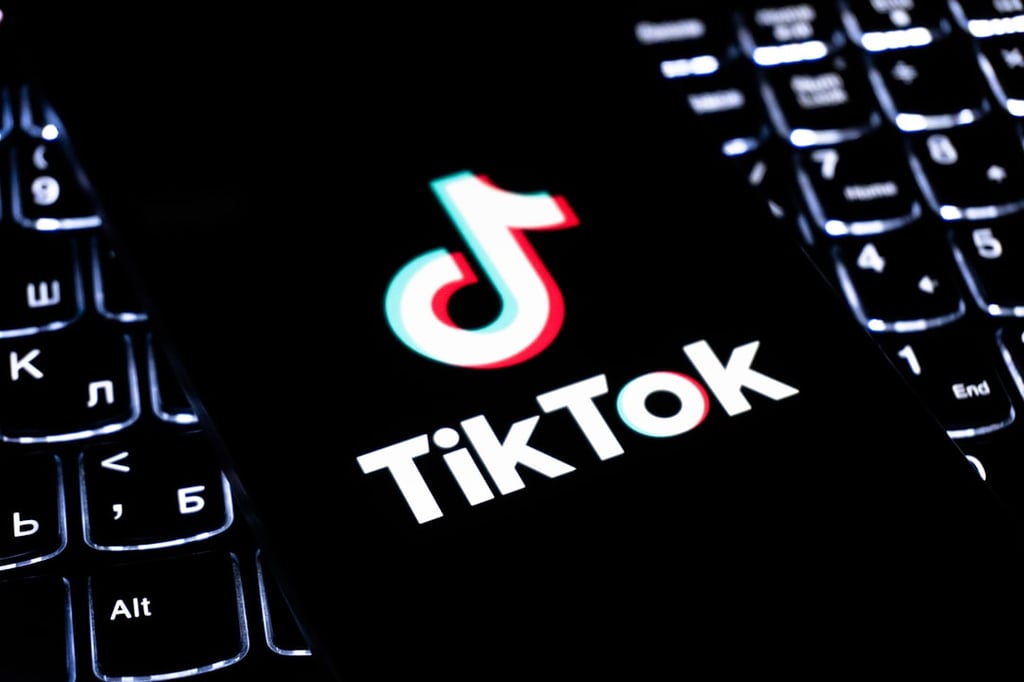Wearables are going to work. And today’s so-called “Glassholes” will be tomorrow’s office buddies. While wearables, a device category that includes Google Glass and smattering of smartwatches from various device makers, are currently a niche play, they’re poised to become the next workplace must-haves in a few short years, according to a new forecast from […]
Datamation content and product recommendations are
editorially independent. We may make money when you click on links
to our partners.
Learn More
Wearables are going to work. And today’s so-called “Glassholes” will be tomorrow’s office buddies.
While wearables, a device category that includes Google Glass and smattering of smartwatches from various device makers, are currently a niche play, they’re poised to become the next workplace must-haves in a few short years, according to a new forecast from ABI Research. The firm expects that by 2019, the enterprise wearable device market will reach $18 billion.
During the intervening years, the market will grow at a compound annual growth rate (CAGR) of 56.1 percent, predicts ABI. Recalling the ongoing shift to smartphones and tablets in corporate environments, the research group expects wearables to “become an integral part of enterprise mobile enablement strategies.”
ABI Research senior enterprise analyst Jason McNicol said in a statement that “cases [are] being made for wearables in the enterprise despite the relative newness of the technology.” But not all wearables are created equal, at least in a business setting.
The dynamics of corporate-issued IT and BYOD will continue as wearables gain in popularity. “Wearable technology such as smart glasses and those used for healthcare are better suited for the enterprise as corporate-liable devices,” said McNicol. Smartwatches will fall into the BYOD camp, he added.
“Healthcare wearables, smart glasses, and smart watches will be the dominant form-factors purchased by the enterprise and used by employees,” said McNicol. Cameras, fitness trackers and 3D motion trackers are also classified as wearables by ABI Research.
Even at this early stage, an enterprise-focused wearables ecosystem is starting to take shape.
McNicol notes that Vuzix, SAP and Google, the latter via its Google Glass Explorers program, are pursuing enterprise smart glass applications. “Smart watch OEMs Samsung, LG, Sony, and Google are also trying to position their products for the enterprise,” he said. On the healthcare side, FitLinxx, BodyMedia, and FitBit are targeting corporate wellness programs.
“Once these companies convince enterprise customers of the added value from wearables, the market will see incredible growth,” said McNicol.
Wearables in the workplace are also an opportunity for mobile device management (MDM) vendors.
“Like any digital device supporting the enterprise, wearables will need to be secured and managed,” said ABI Research practice director Dan Shey in a statement. “Enterprise connectivity continues at a rapid pace and its benefits are only achieved when end-to-end solutions – including security and management services – support the devices and connections.”
Pedro Hernandez is a contributing editor at Datamation. Follow him on Twitter @ecoINSITE.
Photo courtesy of Shutterstock.
-
Ethics and Artificial Intelligence: Driving Greater Equality
FEATURE | By James Maguire,
December 16, 2020
-
AI vs. Machine Learning vs. Deep Learning
FEATURE | By Cynthia Harvey,
December 11, 2020
-
Huawei’s AI Update: Things Are Moving Faster Than We Think
FEATURE | By Rob Enderle,
December 04, 2020
-
Keeping Machine Learning Algorithms Honest in the ‘Ethics-First’ Era
ARTIFICIAL INTELLIGENCE | By Guest Author,
November 18, 2020
-
Key Trends in Chatbots and RPA
FEATURE | By Guest Author,
November 10, 2020
-
Top 10 AIOps Companies
FEATURE | By Samuel Greengard,
November 05, 2020
-
What is Text Analysis?
ARTIFICIAL INTELLIGENCE | By Guest Author,
November 02, 2020
-
How Intel’s Work With Autonomous Cars Could Redefine General Purpose AI
ARTIFICIAL INTELLIGENCE | By Rob Enderle,
October 29, 2020
-
Dell Technologies World: Weaving Together Human And Machine Interaction For AI And Robotics
ARTIFICIAL INTELLIGENCE | By Rob Enderle,
October 23, 2020
-
The Super Moderator, or How IBM Project Debater Could Save Social Media
FEATURE | By Rob Enderle,
October 16, 2020
-
Top 10 Chatbot Platforms
FEATURE | By Cynthia Harvey,
October 07, 2020
-
Finding a Career Path in AI
ARTIFICIAL INTELLIGENCE | By Guest Author,
October 05, 2020
-
CIOs Discuss the Promise of AI and Data Science
FEATURE | By Guest Author,
September 25, 2020
-
Microsoft Is Building An AI Product That Could Predict The Future
FEATURE | By Rob Enderle,
September 25, 2020
-
Top 10 Machine Learning Companies 2021
FEATURE | By Cynthia Harvey,
September 22, 2020
-
NVIDIA and ARM: Massively Changing The AI Landscape
ARTIFICIAL INTELLIGENCE | By Rob Enderle,
September 18, 2020
-
Continuous Intelligence: Expert Discussion [Video and Podcast]
ARTIFICIAL INTELLIGENCE | By James Maguire,
September 14, 2020
-
Artificial Intelligence: Governance and Ethics [Video]
ARTIFICIAL INTELLIGENCE | By James Maguire,
September 13, 2020
-
IBM Watson At The US Open: Showcasing The Power Of A Mature Enterprise-Class AI
FEATURE | By Rob Enderle,
September 11, 2020
-
Artificial Intelligence: Perception vs. Reality
FEATURE | By James Maguire,
September 09, 2020
SEE ALL
ARTICLES









